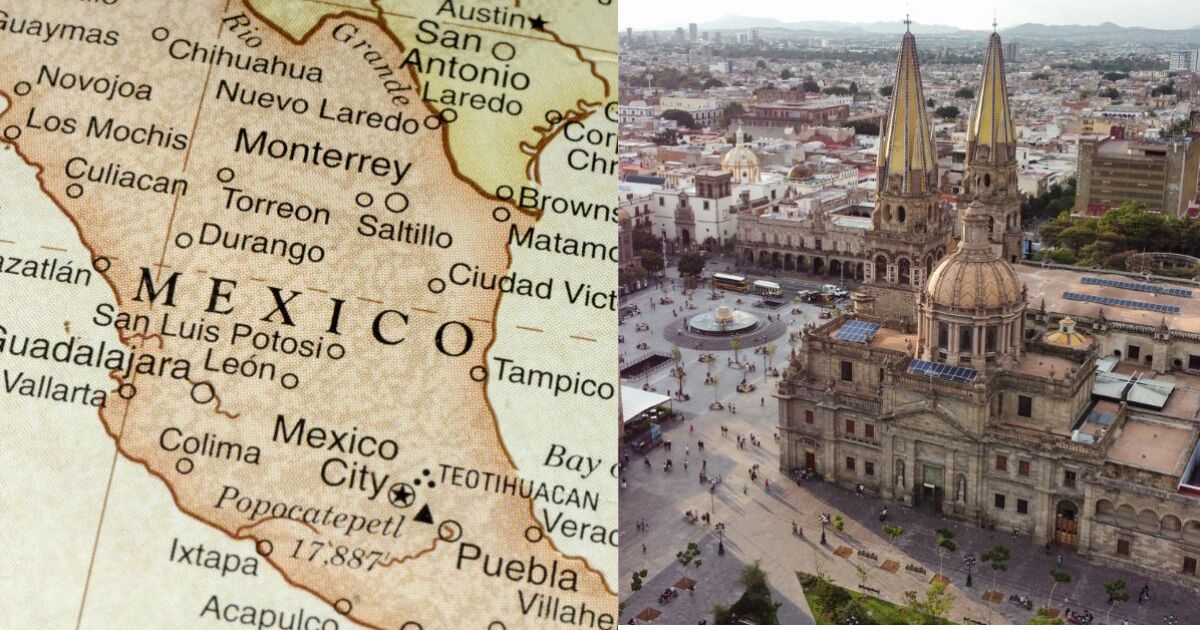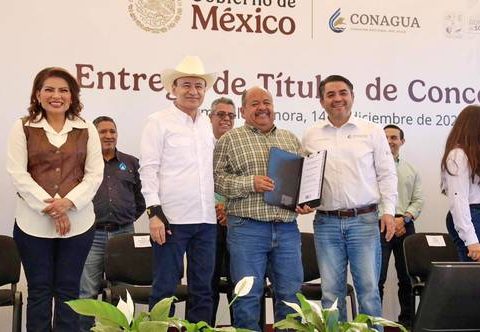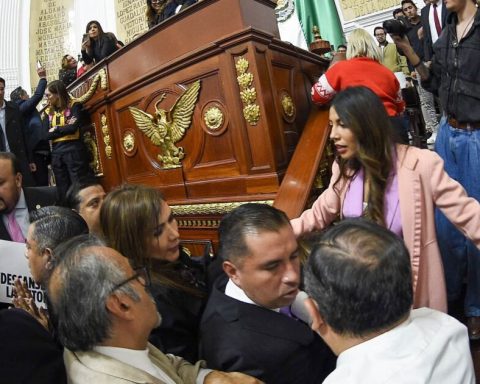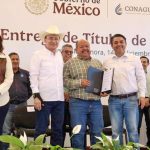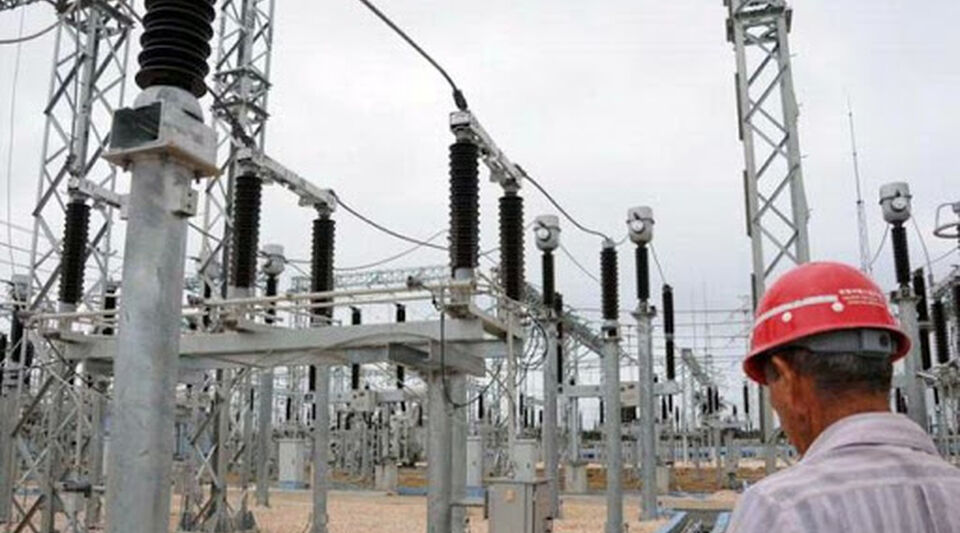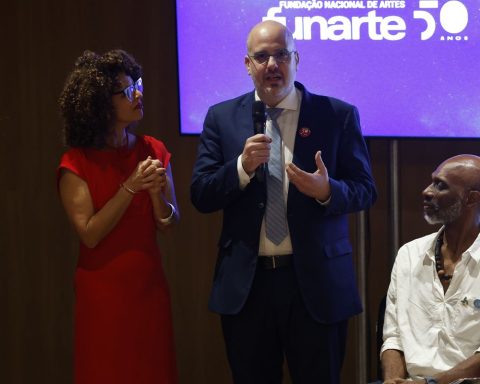In 2015, the transfers to the states through agreements totaled 330,810 million pesos, but at the end of 2021 they reported 155,475, that is, less than half that of six years ago. While for subsidies, 277,046 million pesos were transferred, but in 2021 they were reported for 115,684 million pesos.
fewer programs
The decreasing trend of the resources administered through agreements and subsidies is mainly explained by the disappearance of programs, detailed the ASF.
In the case of subsidies, for example, in 2019, General Branch 23 programs that had a significant allocation of resources such as the Fund for Financial Strengthening were eliminated, which in 2018 ended with an exercised amount of 50,172 million pesos, as well as the regional development projects that in that year amounted to 12,260 million pesos.
In 2019, programs that were transferred to the federal entities in the modality of agreements were eliminated, where the disappearance, in the section of federalized spending, of the program of Branch 06: Finance, Design of the Income Policy stands out, which, in 2018 , had an allocation of 1,321 million pesos.
In addition, in 2021, Ramo General 23 programs such as the Metropolitan Fund, the Regional Fund, the Capital Fund, and the Fund for Accessibility in Public Transportation for People with Disabilities disappeared, which, in 2020, had a joint allocation of 8,773 mdp.
Other important reductions were in the programs of Branch 08: Agriculture and Rural Development, which, in 2018, had an allocation of 53,148 million pesos, while in 2020 it was 28,271 million pesos, and in 2021 of 1,904 million pesos. In this case, some programs, although they had allocation of resources in 2021, did not correspond to federalized spending, for which reason they were not classified in this type of resources.
In 2021, 97% of programmable federal spending corresponded to social spending. Likewise, these resources represented 27.2% of the Federation’s social spending.
